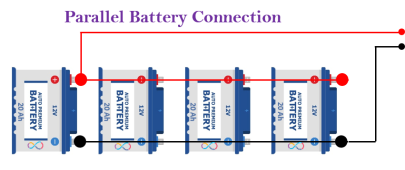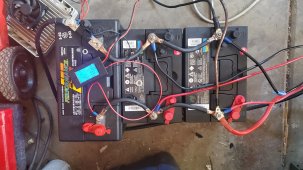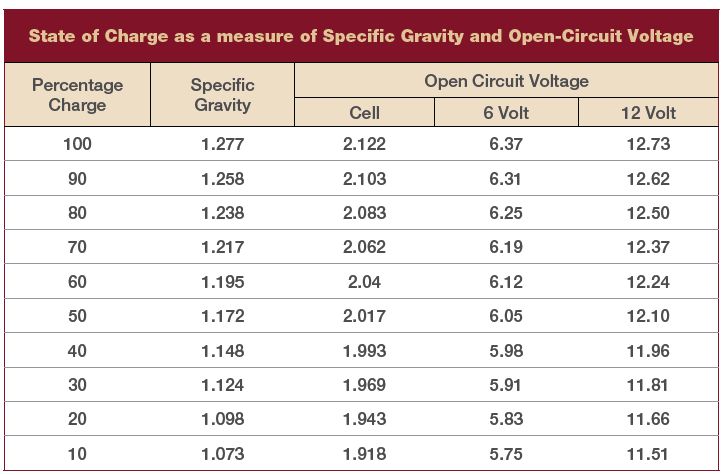6 pages. I've read some of it.
I'm sure what I have here is completely unsafe. I dont even know where to start now. I'm a automotive mechanic with formal training
I don't normally post up what I have for a background, but for you, I'll make an exception.
The first lesson you need to learn as an automotive mechanic, which I am not, I am an automotive master technician of over 35 years of shop ownership; is when constructing anything, whether it is an electrical circuit, an exhaust system, building a house, virtually anything, you should make it look like you knew what you were doing. If you don't know what you're doing, then you should educate yourself on the proper methodology and practice.
What I'm trying to understand is how anyone could go thru formal training as an automotive tech in this day and age and not know what load testing of a lead acid battery truly is and how the results should be interpreted. Then we move on to voltage drop testing of a circuit, how it should be performed and determining resistance in a circuit.
If you don't know, then get educated. If you want to hang out with real professionals in the industry, then I suggest you step up to the real university of automotive repair knowledge online, known as IATN, International Automotive Technicians Network. You can join for free with a basic membership as long as you qualify.
http://www.iatn.net/
I've been a sponsoring member there since 2004. The best in the industry hung out there, there was some that left or passed away over the years but the knowledge there is top notch. Step up your game, become a true professional. Redneck crap in the days of increasing technology, complexity and systems integration is no way to go thru life, much less a career. And be prepared to have a thick skin, you will have members call you out if you try to con your way thru, sharp bunch but you will learn from mistakes too.
The reason I posted this, and no, my complete business model is not entirely as an automotive technician, is because I see what I consider very substandard methods used to build an electrical circuit in your photos. While you believe if it "works", it's good enough, however over the last 40 plus years of turning wrenches and repairing electrical circuits and components, I can tell you the workmanship you have with your current standards is destined for failure and quite likely catastrophic.
and a amateur radio extra class license holder. And a bit crude and redneck. I'm not sure what I need to do next.
I like " keep it simple stupid." That's my moto as a sober alcoholic.
I'm good at breaking stuff
Instead of being good at breaking stuff, you should strive to build the best "product" you can. It takes not only an investment of your time to gain knowledge but also to put it into practice.






